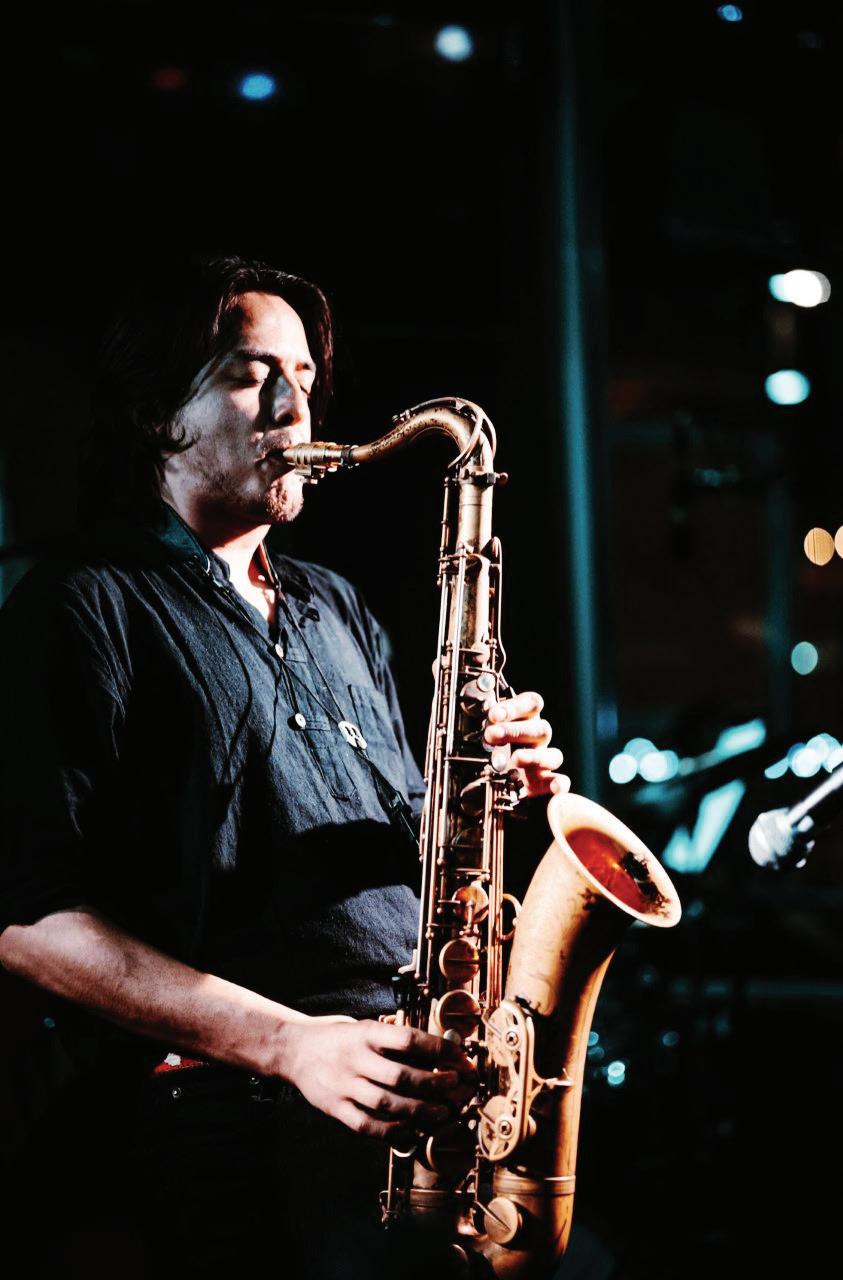
5 minute read
Rock-throwing homicide suspects’ a davits paint grim portrait of April 19 events
vada — were taken into custody by Jefferson County sheriff’s deputies on the evening of April 25, almost a week after the murder of 20-yearold Bartell, who was one of seven motorists whose vehicles were hit by large landscaping rocks on the night of April 19.

up, and then continued to get Koenig.
BY RYLEE DUNN RDUNN@COLORADOCOMMUNITYMEDIA.COM
Arrest affidavits — including statements from two of the three suspects — in the rock-throwing death of Alexa Bartell suggest that suspects Joseph Koenig, Nicholas “Mitch” Karol-Chik and Zachary Kwak have a history of throwing projectiles at cars, photographed Bartell’s car after throwing a fatal rock through her windshield, and discussed plans to deny involvement in the crime.
Koenig, Karol-Chik and Kwak — all 18-year-old residents of Ar-

While Koenig declined to be interviewed by investigators, KarolChik and Kwak gave somewhat conflicting accounts that point to a repeated pattern of throwing projectiles at moving vehicles. Karol-Chik told investigators that he and Koenig had been involved in throwing objects — including a statue and other rocks — on “at least 10 separate days” since at least February.
The following account is based on the allegations in the affidavits: On April 19, Karol-Chik and Koenig bought a “project” car, according to Karol-Chik, around 4 or 5 p.m., after which Karol-Chik moved the car to a friend’s house, drove to Kwak’s house to pick him
Karol-Chik’s statement says that he and Kwak both collected landscaping rocks from the Walmart on 72nd Avenue and Sheridan Boulevard, loading them into the bed of Karol-Chik’s pickup, a Chevrolet Silverado 1500.

A fourth man said he was with the trio at the Walmart, but asked to be taken home when he suspected the group might be preparing for trouble. The fourth man said the group was loading up “as much (rocks) as they could carry” into the vehicle, and said Koenig frequently participates in disruptive behavior because he likes to cause “chaos.”
Investigators used cell phone data and crime reports to determine that the rock that killed Bartell was one of seven incidents of landscaping rocks being thrown at cars in a large, semi-circular area stretching from Highway 72 in the south, Highway 93 in the east, Highway 128 in the north and Indiana Street in the west.
Kwak’s statement claims that while the trio was traveling around, Koenig was driving the vehicle, Karol-Chik was riding in the front passenger seat, and Kwak was in the back row behind Karol-Chik. Kwak said Karol-Chik was using “marine terms” as the rocks were thrown, such as “contact left” before Koenig would throw a rock at a car to the left of theirs.
Kwak said Koenig threw the rock that killed Bartell.
Kwak said that Koenig sped up as the group’s vehicle approached Bartell, then threw a rock out the window that made a loud sound, like a “rail gun” shooting a block of concrete. Afterward, Kwak noticed that Bartell’s vehicle had left the roadway. They reached the next intersection and turned around to return to where it left the road.

As they passed Bartell’s vehicle, Kwak took a picture of Bartell’s vehicle. He told investigators that he thought Karol-Chik or Koenig would want it as a memento.
Karol-Chik said all three suspects threw rocks at cars. He claimed that Kwak threw the rock that killed Bartell, and corroborated Kwak’s account that the trio turned back toward Bartell’s car so that Kwak could take a photo. Karol-Chik said that at this point in the night, he felt “a hint of guilt.”
Kwak said that after circling back to Bartell’s car, Koenig took him home. He told investigators that Koenig and Karol-Chik discussed now being “blood brothers” and stated that they could never speak of the incident. Kwak also said that Koenig came to his house the next day to get their stories straight, specifically to deny any involvement in the events of the previous night.










Five Points Jazz Festival returns for 20th year
BY CHRISTY STEADMAN CSTEADMAN@COLORADOCOMMUNITYMEDIA.COM

When saxophone player Rico Jones was just 14 years old, he got to jam alongside drummer Tom Tilton and jazz pianist Joe Bonner at Brother Je ’s Cultural Center in Denver’s Five Points neighborhood.

“Joe had performed with artists like Woody Shaw and Pharaoh Sanders,” Jones said. “It was one of the rst times I was so close to the authentic lineage of the music. I was beyond inspired.” at was 2012. Today, Jones — a Latin-Indigenous artist who was born and raised in Denver — has been recognized with more than 10 national awards. He is one of about 40 musical artists slated to perform at this year’s Five Points Jazz Festival. e event runs from noon to 8 p.m. on June 10. It will feature 10 indoor and outdoor stages along Welton Street between 25th and 29th streets. e day kicks o with a parade led by the Guerilla Fanfare Brass Band. Attendees will also nd food vendors, a kid’s zone and artisan booths.

“People love a great music festival,” committee.
Nelson is looking forward to seeing all of the di erent kinds of bands performing this year, she said, “and just being around beautiful people enjoying themselves.”
“People enjoy watching live music because they get to see the bands in real time interacting with each other,”
Nelson said. “When they see the bands having a great time and playing amazing music, then of course, they will also have a great time.”
Now in its 20th year, the festival draws a crowd of roughly 60,000 attendees. But its beginnings were humble. It started out with three bands on one stage in the parking lot of the Blair-Caldwell African American Research Library on Welton Street. However, Denver’s Five Points is no stranger to jazz. Known as the Harlem of the West, the neighborhood has drawn jazz greats for the better part of a century.
Historically, Black jazz musicians would come to Denver to perform in White venues. However, they were not allowed to stay in those parts of town because they were Black. So, they would stay in Five Points.
“ ey would stay, and play, and jam all night long,” Rae said.
She added it’s important to honor the history of jazz in Denver because it tells a story of who Denver is.
“ e history of Denver is alive and well in Five Points,” Rae said. “And jazz is alive and well in Five Points.”
Music is something that can bring people of many backgrounds together, Rae said. ose who already love jazz music will certainly enjoy the festival, but it’s also a good way to introduce people to the local jazz scene.
“Jazz is a music that is for the people by the people … People appreciate what is real, genuine and heartfelt,” Jones said. e “Five Points Jazz Festival brings that to the people. And best of all, they do it in a historical place where many of the greats of jazz music performed in the early days of the art form.”
To learn more about the Five Points Jazz Festival, visit ArtsandVenues. com/FivePointsJazz. For a 2023 band lineup, visit ArtsandVenues.com/FivePointsLineup.










